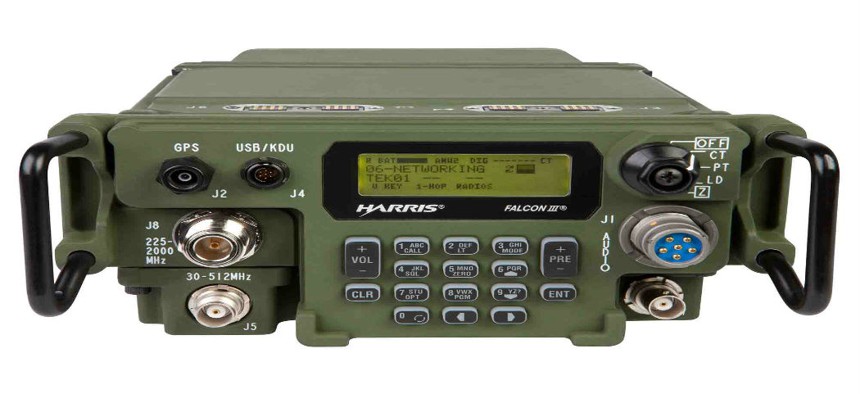
New Special Forces radio packs add full-motion video
The new version of the Special Forces manpack radio system will have two-channel, video, and secure beyond-line-of-sight transmission capabilities
Harris Corp, RF Communications will produce the Special Operations Forces Tactical Communications Next Generation Manpack (STC NGMP) radio system for Special Operations Forces teams, adding full-motion video data transmission, dual-channel capability, and beyond-line-of-sight reach, protected by counter electronic interference technology.
The NGMP radio system’s new full-motion video capability will either come in the form of embedded software, or in the form of an attached mission module, according to a report issued by the Armed Forces Communications and Electronics Association (AFCEA). The video data will be specifically contribute to intelligence, surveillance, and reconnaissance (ISR) mission objects, and the manpack will collect the data via a specifically ISR-designated receiver, according to the report.
The system will be able to send data between the two channels and transmit data being received on the special ISR receiver to either of the two channels.
“Just the two-channel aspect of it alone is a pretty significant technological [advancement] from the current radios that are in the field right now that are only capable of one transmit-and-receive channel,” said Gerhard Schulz, business lead for Harris Corp at Special Operations Command, in April when plans to upgrade the radio system were first made public.
The dual channel-enabling technology will enhance the ability of special operations forces teams to communicate with each other by making operators capable of simultaneously sending and receiving data transmissions in line of sight and beyond line of sight operation context, according to Harris Corp officials.
Each channel will operate at between 30 and 2,600 MHz and be able to transmit via narrowband and wideband signals. In the case of wideband transmissions, the frequencies of the content are wider than the scope of the relay channel, and it is often used in cases where there is a high volume of data being transferred. Narrowband, as expected, means the frequencies remain within the confines of the designated broadband and is the required operational standard for ultra-high frequency land mobile radios.
The Department of Defense (DOD) contract announcement attributes the NGMP’s beyond-line-of-sight capabilities to advanced digital radio waveform technology. The concept of line-of-sight in terms of radio transmission exists because typically, in order for radio signals to reach their destination there must be no significant obstacles in a circular area intersecting the signal origin and destination points.
The new NGMP is capable of beyond-line-of-sight transmitting. A common method used to achieve this involves projecting high powered signals at the earth’s troposphere, where it is deflected off of water vapor molecules and some of the deflected signal reaches the destination receiver.
Harris Corp will use open architecture software and hardware to enable timely upgrades with minimal disruption and plans to also incorporate integrated waveform technology and electronic counter-countermeasures capabilities, according to the AFCEA report.
The Special Operations Command contract designates a maximum of $255 million to Harris Corp to replace the older manpack radio AN/PRC-117F and AN/PRC-117G models as part of the Capital Equipment Replacement Program, according to the DOD contract announcement. Development of the new NGMP is expected to be finished by June 2023.